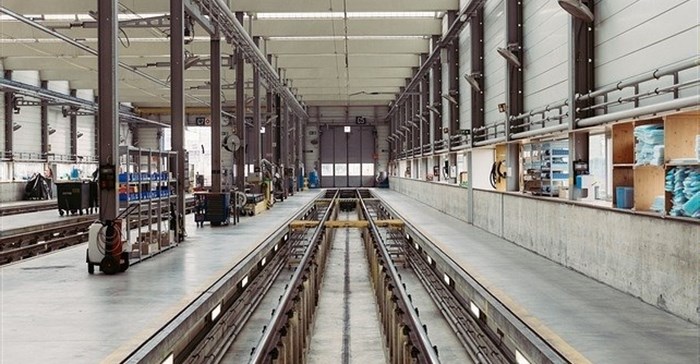The Rail Safety Regulator, an agency better known for investigating train derailments and crashes than issuing operating permits to operators, has been thrust into the spotlight by the controversial "too tall" locomotives acquired by the Passenger Rail Agency of SA (Prasa). Headed by CEO Nkululeko Poya, the regulator has headquarters in Centurion and regional offices in Nelspruit, Durban, Port Elizabeth and Cape Town.
Custodians of rail network safety
The regulator is the custodian of safety on SA's rail networks, which comprise nearly 80% of the continent's networks, deriving most of its income from the operators it regulates. The source of income raises questions about what powers the regulator has, along with its ability to bring the two main operators, Prasa and Transnet, to heel.
Since its establishment in 2002, the regulator has grown to more than 180 employees from only 40 in October 2011. Revenue has risen to more than R150m from R38m in the same period. However, the revenue growth was not necessarily an indication of compliance, which had in some instances been poor, says Chris Hunsinger, the Democratic Alliance shadow deputy minister for transport.
He says cooperation between the regulator and operators is critical as it allows the regulator to balance its business and public interests. But it sometimes fails. Earlier this year, an investigation by the regulator revealed that a defective signalling system had led to the crash between two Prasa-owned Metrorail trains in Johannesburg that left more than 200 people injured. The regulator launched a province-wide audit of Prasa's signalling system.
The regulator grants permits at the testing stage and the operations stage. Operators, therefore, have to apply to the regulator for a permit to test trains under operational conditions and to use trains commercially. Previously, operators had to apply for a permit every five years. In 2013, it was changed to annual applications for stricter compliance, according to Poya.
Keeping an eye on new rail technology and risks
The regulator also has a department that analyses new rail technology introduced in SA to ensure it does not bring "additional risks to the system", Poya says. All this is done to meet the regulator's long-term vision of zero accidents in five focus areas: collisions between trains, mainline derailments, level crossings, collisions involving pedestrians, and platforms.
"We have seen a drop in collisions and even in main-line derailments," Poya says.
"Derailments are the result of lack of maintenance of the infrastructure. That is a root cause."
However, Poya also says it is not up to the regulator to decide whether the technology in use is right or wrong for the operator. "They run their business to whatever performance measures they have. Ours is to look at safety and then say, is this equipment or tech going to bring additional safety risks to the system or how will those risks be mitigated?" said Poya.
Involving the regulator
Including the regulator right from the onset when procuring new technology decreased the chances the regulator would reject that technology for testing or operations. Prasa failed to include the regulator in the process of procuring its controversial Spanish locomotives from the beginning, as per industry and engineering standards, hence the delays in the certification by the regulator. These locomotives - one of which derailed - are undergoing testing. A report from the regulator on whether they will be suitable for commercial operations is expected soon.
The regulator has been involved in Prasa's R51bn purchase of trains from the Gibela Rail Transport Consortium since inception. The first of the trains is set to arrive next month.
While investment in new rolling stock is critical, renewing ageing rail infrastructure is just as important. The regulator will have to balance this as both investments have to be made, at the same time, if SA's railways are to improve its safety record.
Source: Business Day
















































